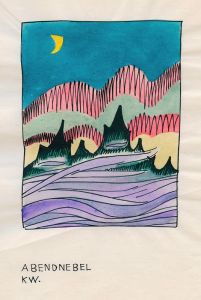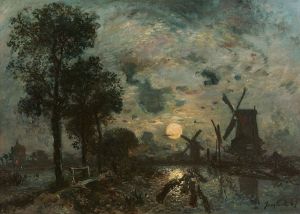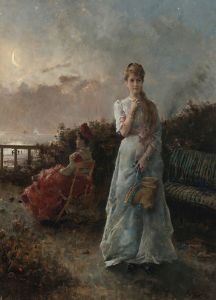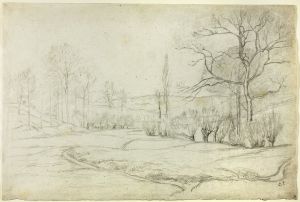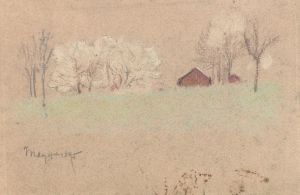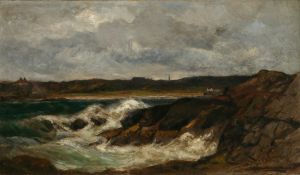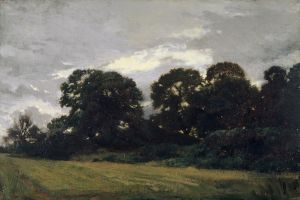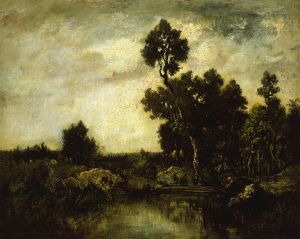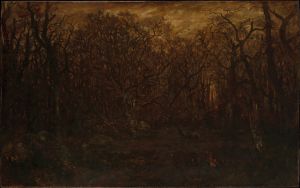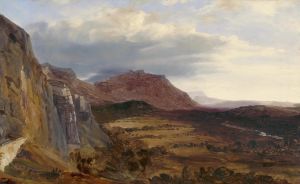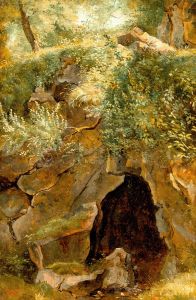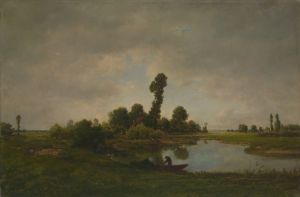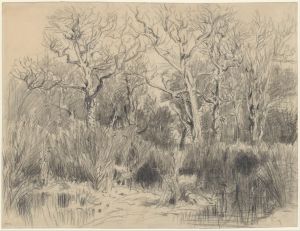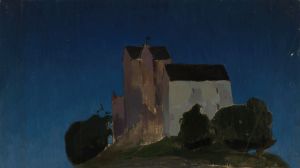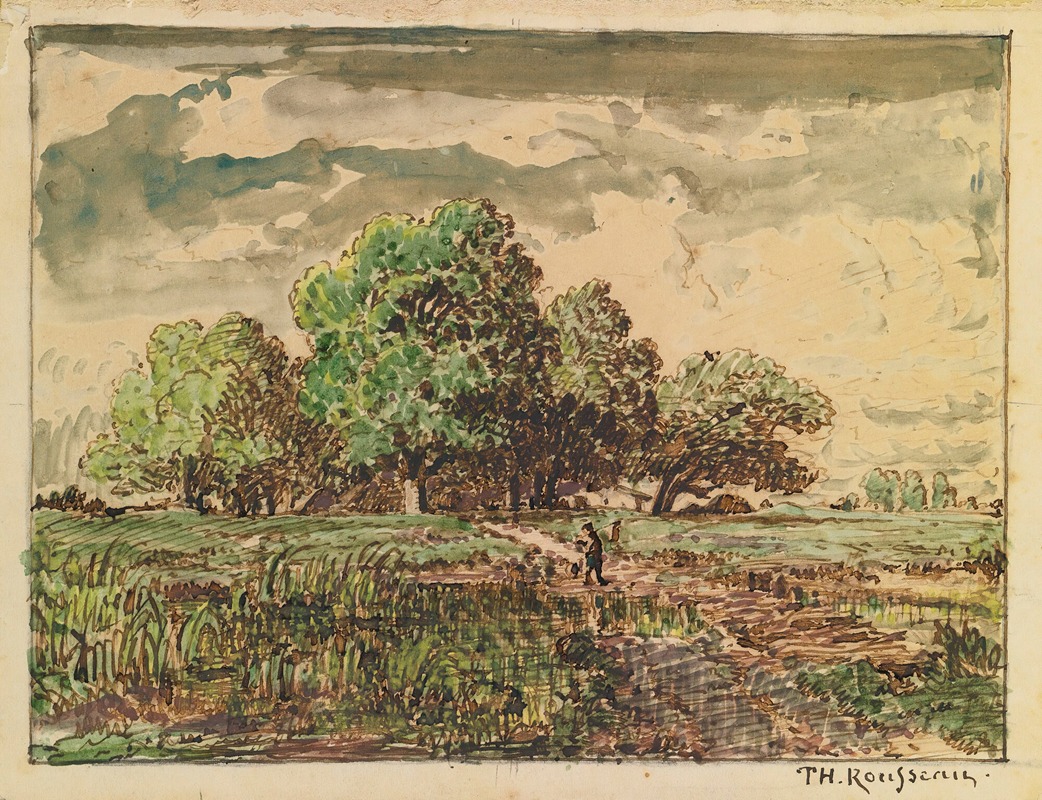
Return From The Fields
A hand-painted replica of Théodore Rousseau’s masterpiece Return From The Fields, meticulously crafted by professional artists to capture the true essence of the original. Each piece is created with museum-quality canvas and rare mineral pigments, carefully painted by experienced artists with delicate brushstrokes and rich, layered colors to perfectly recreate the texture of the original artwork. Unlike machine-printed reproductions, this hand-painted version brings the painting to life, infused with the artist’s emotions and skill in every stroke. Whether for personal collection or home decoration, it instantly elevates the artistic atmosphere of any space.
Théodore Rousseau's "Return From The Fields" is a notable work by the French painter, who was a prominent figure in the Barbizon School, a movement that played a crucial role in the development of landscape painting in the 19th century. Rousseau, born in Paris in 1812, was known for his dedication to capturing the natural beauty of rural France, often focusing on the interplay of light and shadow in his landscapes.
"Return From The Fields" exemplifies Rousseau's commitment to realism and his deep appreciation for the rural environment. The painting depicts a serene scene of peasants returning home after a day's work in the fields. This subject matter reflects Rousseau's interest in the lives of rural workers and his desire to portray them with dignity and respect. The composition is characterized by its attention to detail and the harmonious use of color, which together create a tranquil and contemplative atmosphere.
Rousseau's technique in "Return From The Fields" demonstrates his skillful use of light and shadow to enhance the naturalistic quality of the scene. The soft, diffused light suggests the time of day as either early morning or late afternoon, adding a sense of calm and peace to the painting. The figures in the painting are integrated into the landscape, emphasizing the connection between humans and nature, a recurring theme in Rousseau's work.
The Barbizon School, of which Rousseau was a leading member, was named after the village of Barbizon near the Forest of Fontainebleau, where many artists gathered to paint en plein air, or outdoors. This approach allowed artists like Rousseau to observe and capture the changing effects of light and atmosphere directly from nature, a practice that was revolutionary at the time and laid the groundwork for the Impressionist movement.
Rousseau's dedication to painting landscapes was not without challenges. Early in his career, he faced rejection from the official Paris Salon, which favored historical and academic subjects over landscapes. However, his persistence and unique vision eventually earned him recognition and respect among his peers and art critics. By the time of his death in 1867, Rousseau had established himself as a leading figure in French landscape painting.
"Return From The Fields" is a testament to Rousseau's ability to convey the beauty and simplicity of rural life. It reflects his belief in the importance of nature and the honest depiction of everyday scenes. Today, Rousseau's works, including "Return From The Fields," are celebrated for their contribution to the evolution of landscape painting and their influence on subsequent generations of artists.
While specific details about the provenance or current location of "Return From The Fields" may not be widely documented, Rousseau's legacy continues to be appreciated in art collections and exhibitions around the world, where his works are admired for their technical mastery and emotional depth.





